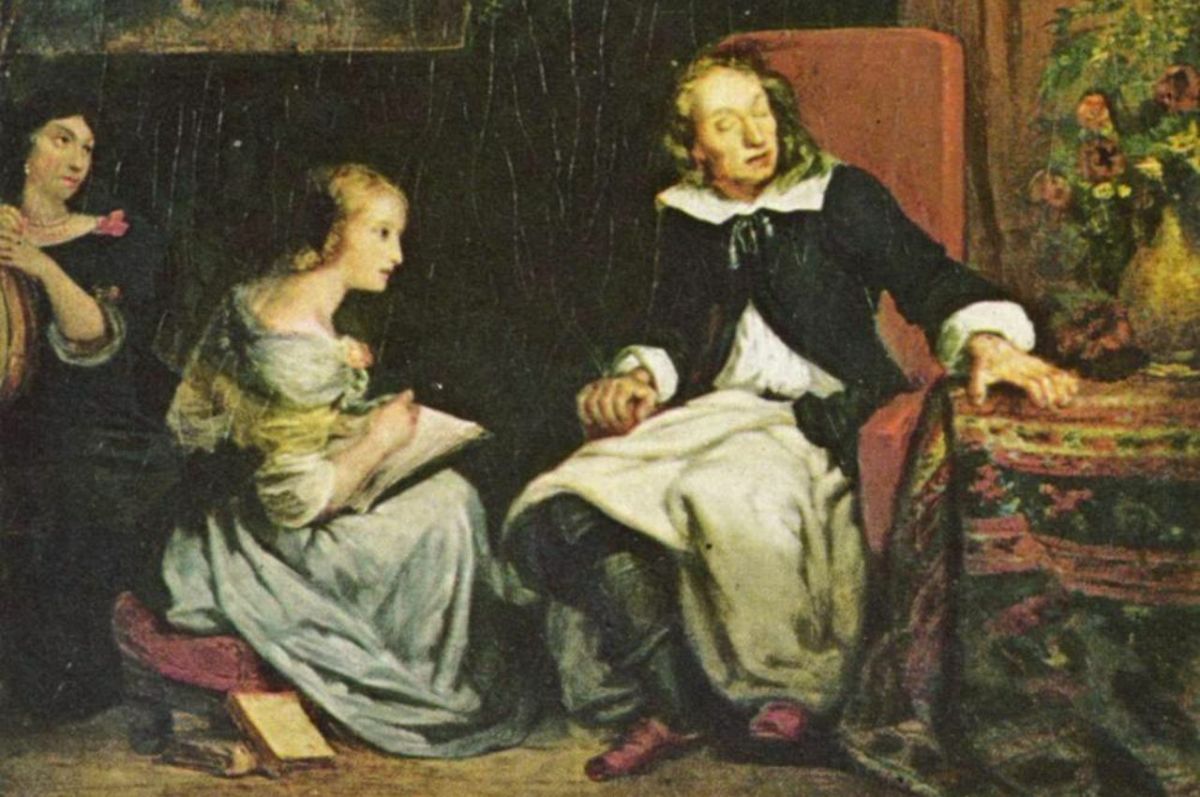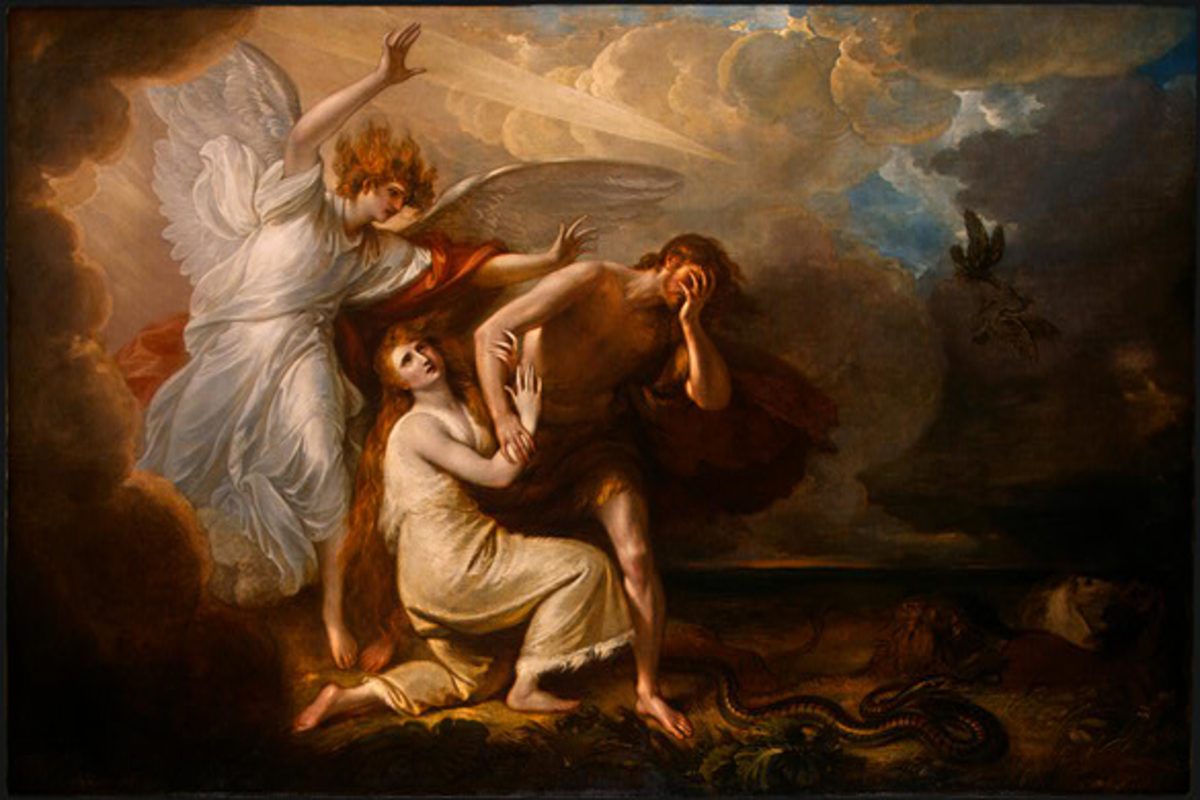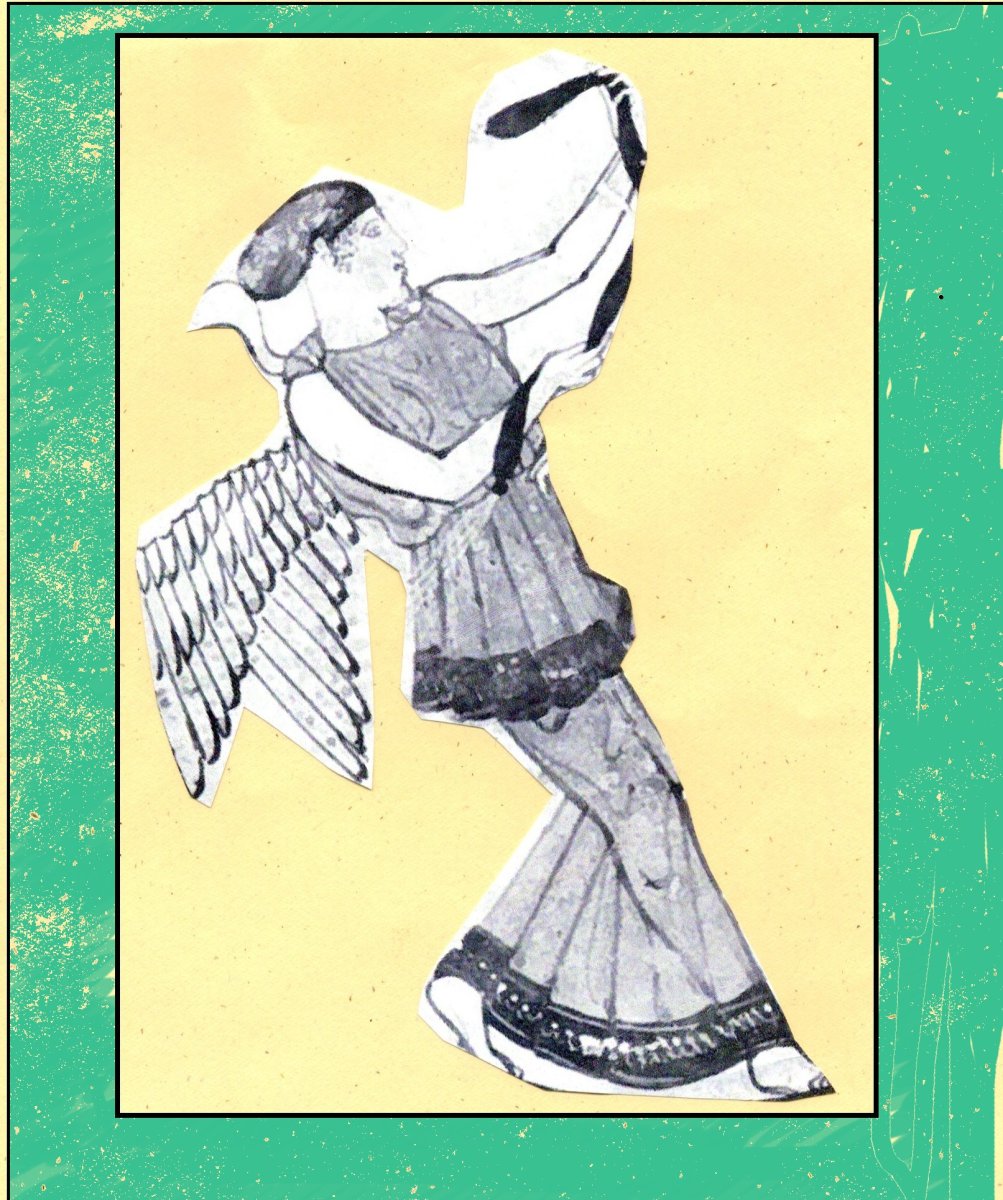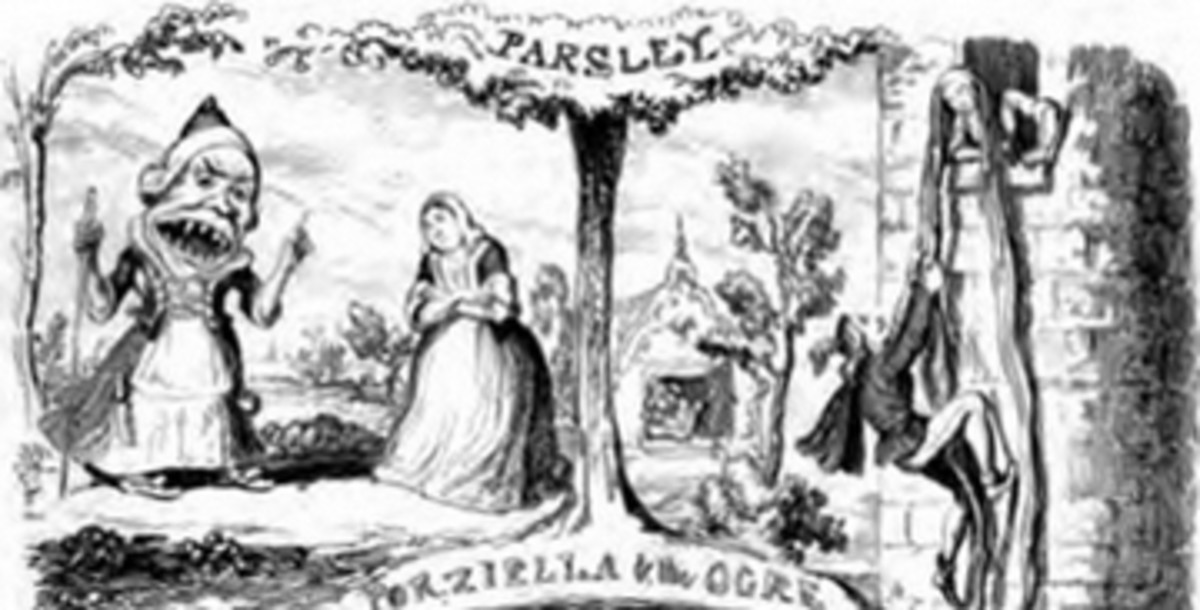Eve to Cathy Trask: The Tradition of the Wicked Wonder Woman in Literature
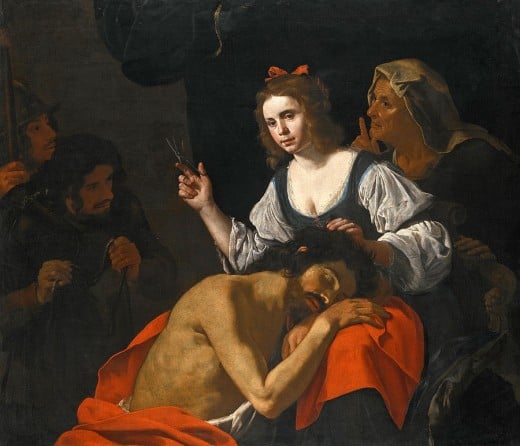
Original Sin and Snakes: The Root of Evil
In Western Literature, no single book (if it can be categorized as a single book) has had as much influence as the Bible. While the Bible certainly has its fair share of heroines, nurturers, and matriarchs, women like Eve, Jezebel, and Delilah have served as much more common archetypes for female characters in literature. Eve, the curious, naive companion to Adam, may not have intentionally led humanity out of Eden, but she has often had to bear the weight of centuries of sin. Jezebel, much more sinister and powerful than Eve, is often associated with feminine vanity. She used her power to murder and steal, which eventually ended in a less-than-pleasant death. Finally, Delilah, using the power of seduction, convinced Samson to betray his secret, leading him to temporary humiliation.
With these women to serve as inspiration, is it no wonder that literature is overrun with so many despicable female characters? Of course, that tradition has roots in one other common thread to Western Literature: Greek mythology. Like the Bible, Greek mythology is riddled with strong, benevolent women, but it is the evil ones we remember most. Like the story of Eve, the figure of a snake (or many snakes) has a prominent role in the tale of one of mythology's most memorable women, a Gorgon named Medusa. Of course, the Medusa we all know was originally beautiful, but after a sexual indiscretion with Poseidon, Athena--the goddess to whom Medusa had devoted herself--transformed her into a hideous creature with writhing snakes for hair. Medusa's stare becomes legendary, turning anyone (but usually men) into stone. Her story may be the beginning of the double standard that exists when comparing the sexual exploits of men and women, in both literature and the world.
The aunt/niece pair Circe and Medea also add their own ingredients to the witch's cauldron of evil. Circe shows up in many stories, including The Odyssey, as a witch who uses her beautiful voice to draw men to her--only to turn them into animals. Medea, her niece, in the famous tale about the Golden Fleece, decides to slow down her pursuing father by cutting up her brother and dumping the pieces overboard.
These stories had a lasting impact on literary tradition and may be at least partially responsible for some other ghastly female characters in more recent works. Here are three favorites.
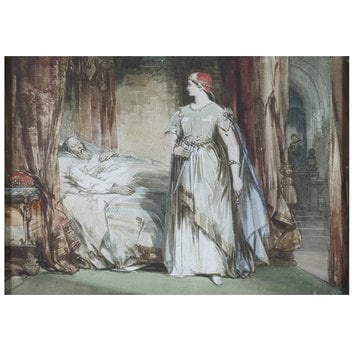
O, Full of Scorpions
What sort of woman would willingly smash her own child's brains out while nursing? According to her own pronouncement, that would be Lady Macbeth. Shakespeare's Lady Macbeth ranks as one of the most evil females of all time, though some scholars might point to the fact that she may have been possessed by demons for most of the play. It is sad that her most merciful act throughout the entire play was ending her own life. Before that fateful end, she persuades her husband to kill his benefactor, plans the entire murder, drugs two guards, and nearly kills the king herself (had he not looked so much like her father). Afterward, she takes care of the murder weapon and mocks Macbeth for how poorly he handles his guilt.
It is hard not to admire Lady Macbeth's strength and cunning, but she is certainly one wicked woman. She essentially becomes the prototype for the evil-wife-behind-the-scenes whose conniving nature and insatiable desires lead to the downfall of the husband.
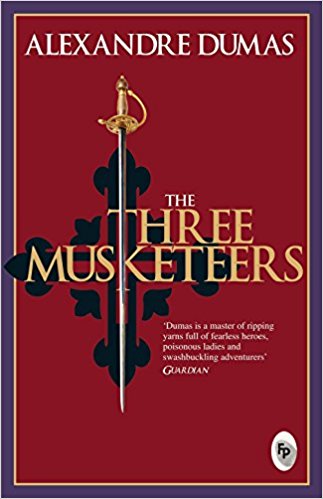
You've Been Branded, My Lady
Lady Macbeth successfully seduced her husband, but Milady de Winter seduces nearly every man she chooses. She hides a conniving, vicious spirit behind a beautiful face and sharp intellect. Her blend of intelligence and physical beauty with an evil core reflect the misogynistic stereotypes women have encountered for centuries, not just in literature, but also in society. Milady de Winter's escapades in Dumas' The Three Musketeers easily puts her on the list of fiction's most sinister women.
When only 16, Milady convinces a trusting priest to steal from his church and run away with her. The pair are captured and imprisoned, but Milady uses her charms to convince the jailer's son to let her free, and she nearly escapes unscathed. The fleur-de-lis brand placed on her by the priest's brother, an executioner, marks her as a criminal and gives her a past that eventually catches up with her. Milady cleverly uses several aliases throughout the plot to hide her inglorious past and allow her to play several men for both riches and power, including her "first" husband, Baron Sheffield, who mysteriously dies shortly after naming Milady his official heir.
She subsequently devises plans to murder her brother-in-law for even more wealth, and later strikes a devious deal with Cardinal Richelieu to kill the Duke of Buckingham in exchange for the death of d'Artagnan, who tricked her into a one-night stand by impersonating the object of her infatuation, Comte des Wardes. It is this scheme that eventually lands her in a British prison, giving her yet another opportunity to demonstrate her prowess as a seductress. She uses her skills in deception to declare her innocence to Felton, her Puritan jailer, even going to the extent of convincing him to kill Buckingham. Naturally, Milady sails off while Felton faces the executioner.
Milady's past eventually finds her, in the person of Athos, the much respected Musketeer and true first husband of Milady. The heart-wrenching tale of Athos's marriage is revealed to readers, and Milady de Winter's lies are brought to light. Soon after, darkness is brought to her eyes through the executioner's axe, but certainly not before she has ruined the lives of a handful of men (and killed d' Artagnan's love). Despite her obvious wicked nature, Dumas paints Milady de Winter as a true supervillain whose powers of deceit and treachery have no equal--unless you happen to meet an American woman named Cathy Ames.

The Mark of Cain
It is hard to imagine a woman more wicked than the ones previously mentioned, but Cathy Ames from Steinbeck's East of Eden might outdo all of them. From an early age, she learns to use her body and mind in combination to manipulate and ruin anyone that she chooses. In her school days, she somehow plays with the mind of one of her teachers to the point where he shows up at her doorstep begging to see her before he ultimately commits suicide. Steinbeck does not reveal enough background of that story to know precisely what Cathy does to the man, but he reveals soon enough the patient cunning that allows Cathy to remove any unwanted obstacle. After her father beats her for running away, Cathy calmly hides her anger, feigning to be a loving, devoted daughter while planning her great escape. She regains her parents trust by working to become a teacher and treating them with profound politeness and respect. Her kindly nature allows her to unsuspectingly carry out a plan to rob her parents and start a house fire that kills them.
Alone and needing money, she winds up meeting a brothel owner named Mr. Edwards While working for him, she uses her charms to make him fall in love with her. She lets him dote on her for quite some time, but eventually, Edwards becomes suspicious. He does some investigating and finds out about her past. He beats her to the point of near death and leaves her on the side of the road. Shortly after, she literally crawls into the life of Adam Trask.
From the start Adam is enamored. His brother Charles, painted as a somewhat kindred spirit to Cathy, hates her immediately. After finding Cathy in rough shape, Adam nurses her back to health, and the only visible evidence of the beating is a long scar along her forehead, which Steinbeck intends as the mark of Cain. He becomes so smitten that he asks her to marry him when she fully recovers. Cathy sees an opportunity and accepts. On the eve of their wedding night, Cathy asks Adam to wait until she is "fully recovered" before she has intercourse with him. After Adam falls asleep, Cathy sneaks into to Charles's room to commit adultery. This one night fling is assumed to be the conception of Adam's twin boy--Cal and Aron.
Just when readers really start to despise Cathy Trask, Adam decides they will move to California to start a new life. Cathy hates California. In the short time she spends with Adam there, she tries to abort her twins with a knitting needle, completely neglects them once they are born, and shoots Adam in the shoulder before running off. This series of events leaves Adam on the brink of a mental breakdown.
Cathy, though, sees an opportunity to start fresh. She changes her name to Kate, manages to find her way into another brothel, and slowly gains the trust of Faye, her madame. This trust prompts Faye to name Kate her beneficiary, and Kate rewards her by administering an overdose of medication.
What makes Cathy Ames the most despicable of all of these women is that she purposefully reaches out for love, and she uses that love to destroy those that give it to her. Her motives are never totally clear. She becomes wealthy, but she certainly doesn't seem happy with her money. She gains the most satisfaction out of manipulating people; it gives her a rush of power. Even Steinbeck acknowledges that some people's behavior can have no explanation, stating "I believe there are monsters born in the world to human parents." Simply put, Cathy Ames is a monster.
The Serpent Under 't
Lady Macbeth, Milady de Winter, and Cathy Ames certainly share admirable qualities: persistence, persuasiveness, and cunning. Unfortunately, they use these traits only for selfish, evil intentions--some of which are not entirely clear to the reader. In all three cases, beauty masks their sinister motivations. Perhaps the all of these male authors share the same fear--women of incredible strength, intelligence, and power who can deceive using their physical charms. Perhaps all three had used a personal experience as inspiration for their she-villains. Most likely, though, they simply tapped into the roots of Western Literature to perpetuate a stereotype that can still be seen in today's fiction.

